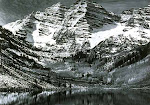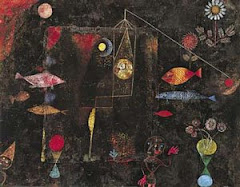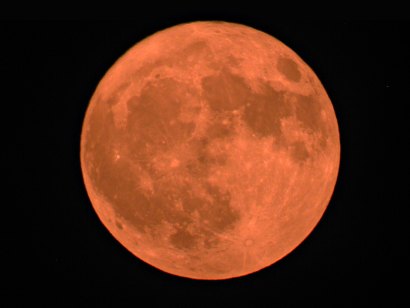
We must fight to protect not only biodiversity, but bioluxuriance
At a stroke, the bee orchids have gone from our lane. Two summers of tropical grass growth have brought the verge-cutters out early, before the orchids flower and seed, and we won't any longer be able to see those fabulous, chimerical blooms, with their velvet bodies and sculpted pink wings, just an amble from the front door. It's a man-made demise, but not the end of the world. There are bee orchids a mile away in the opposite direction, round a patch of dry wasteground used for bike scrambles. They teem in countless millions around the
Yet the neighbourliness of our local patch is something that can't be replaced. For me, settling down in a new habitat in Norfolk, they completed a circle opened up one June day half a lifetime ago, when I saw my first on a picnic in the Chilterns, and knew that I had gone through some subtle graduation in the rites of botany. And, in a less dramatic way, their passing seems like a stitch dropped, part of a great unravelling.
It is these subtle processes of attrition, cultural and ecological, that are highlighted in the new British Red Data Book of plants. In May this revealed the shocking statistic that 340-odd species - 20% of our flora - are in danger of becoming nationally extinct. Note the qualification. These are not species about to vanish from the face of the earth. Many vulnerable plants of open habitats are at the edges of their range in our inclement island climate, and are abundant on the continent. The arable weeds, such as corn buttercup, that figure prominently in the list aren't even true natives but ancient, accidental introductions from southern Europe that are doing very well in their home countries. The species chosen as the symbol of the report - the beautiful blue field gentian - is prolific in
Yet if we're beginning to acknowledge and document this creeping erosion of the living systems we inhabit, why aren't we more bothered? Why isn't local extinction - the first, inexorable step towards a more comprehensive termination, after all - a source of horror, of self-interested panic, of public response? Perhaps, ironically, the acceptance of the process of evolution has credited it with almost supernatural regenerative power: the great engine of life will cope, somehow. Or perhaps we believe we will eventually be able to do the job ourselves, putting back into the wild species we've nurtured in captivity, even recreating vanished plants from strips of DNA.
Extinction is a fact of life, and doesn't have the power to shock any more. Stephen Jay Gould's extraordinary book, Wonderful Life, put paid to any lingering beliefs in the sanctity of species, or the inexorable "upward" progress of evolution. Five hundred million years ago there was an explosion of biological creativity that generated a variety of life far surpassing that existing on the earth today. All of it has vanished, been discarded, without a single human lifting a destructive finger.
In the 1930s Walter Benjamin described the changed status that technological intervention gave to works of art. His celebrated essay could well be retitled Nature in the Age of Mechanical Reproduction: "Even the most perfect reproduction of a work of art is lacking in one element: its presence in time and space, its unique existence at the place where it happens to be." Authenticity in the natural world isn't only about humans' aesthetic experiences; it is about the actual existence of living organisms.
So many of the arguments about extinction are couched in human-centred terms. The arable weed will tomorrow be the staple crop. The wild orchid has an aura that the garden specimen lacks. Forgetting their hubris for a moment, these only work for a few species. At the end of the line, the one solid argument for the preservation of species is an a priori ethical one: they are important in their own right, simply because they exist, as part of the unfathomable intricacy of life. So, of course, are we, and if we can enjoy our common inheritance and good fortune - celebrate the inexplicable, extravagant mimicry of the self-pollinating bee orchid - then so much the better.
Richard Mabey's books include Flora Britannica and Nature Cure












